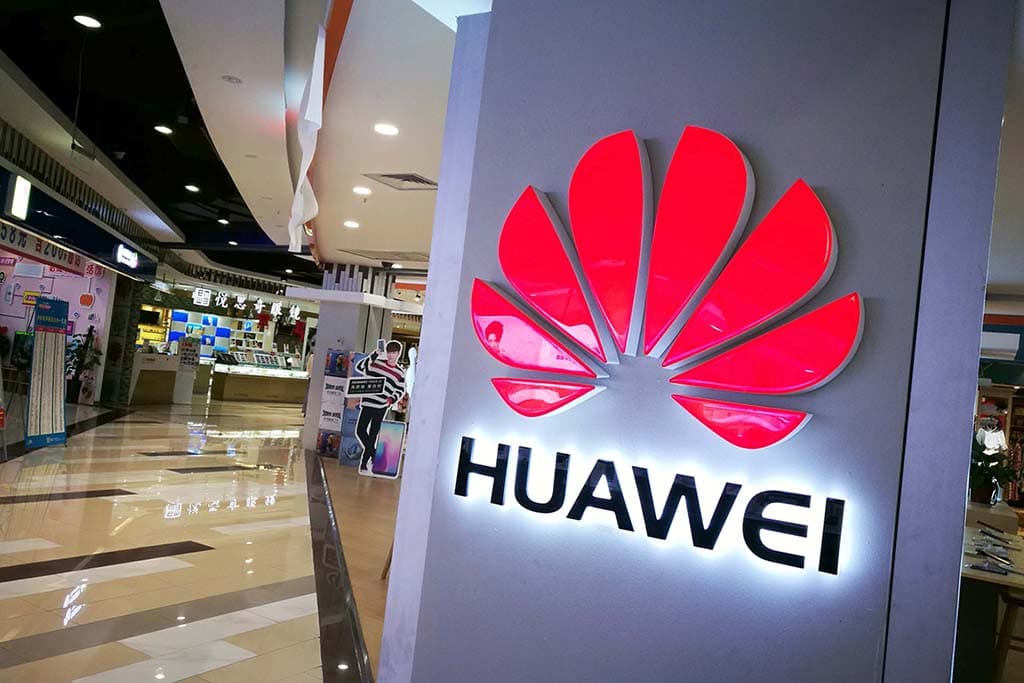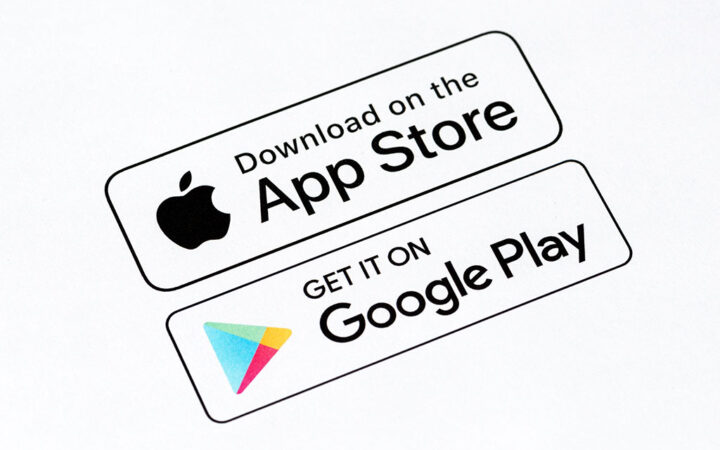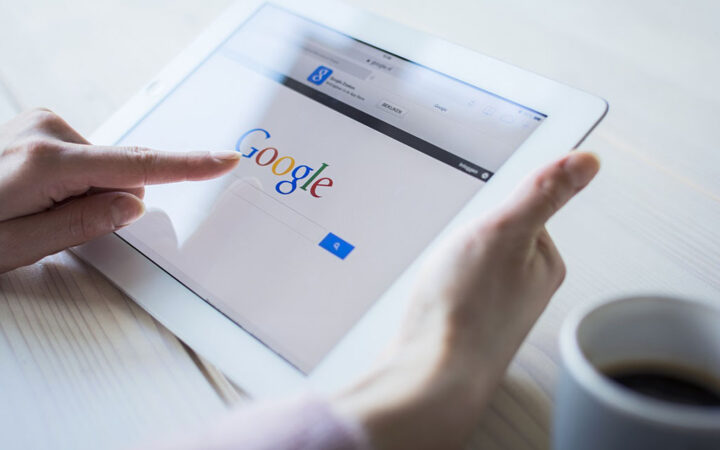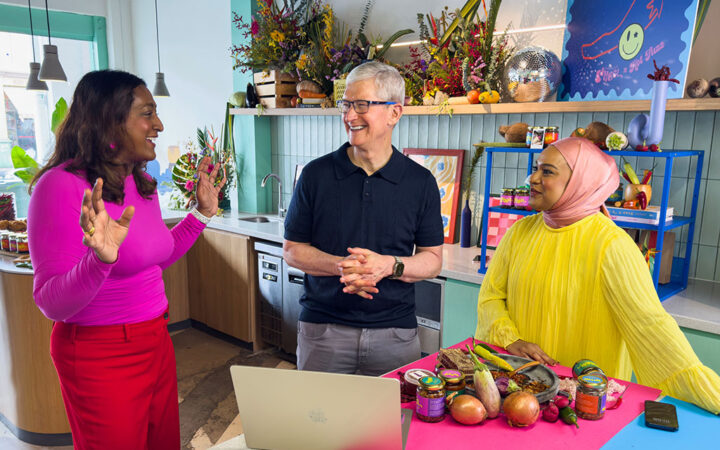Leading Chinese tech giant Huawei Technologies launched the HarmonyOS for Smartphones as it looks to bounce back from being blacklisted by the United States. Recall that the handset business of Huawei had suffered a setback months after becoming the leading smartphone producer worldwide.
The sanction meant that Huawei products were cut off from receiving further Android updates and Huawei had to report to an open-source code. This led to a reduction in consumer confidence and a drop in revenue so that once the world’s leading smartphone producer, the company now sits in the sixth position with barely 4% of the market shares.
Current Plans of Huawei for Its HarmonyOS
Huawei started developing the operating system in 2016 and markets it as an operating system that can work across a slew of internet-enabled devices including smartphones, laptops, and wearables. The OS will also be made available to third-party device makers and developers like Google’s Android. The OS was first made public in 2019 and Vision TV, made by one of the company’s subsidiaries, Honor, was the flagship device to use the operating system.
According to the president of software development in the Huawei Consumer Business Group Wang Chenglu, who ran point on the development of the OS since 2016, and coordinated the virtual launch on Wednesday, Huawei’s goal is to have the HarmonyOS on 300 million devices by the end of the year.
The OS was launched on a new version of the Mate 40 smartphone, the Mate X2 foldable phone, Huawei’s Watch Series 3 and MatePad Pro tablet. The company further announced that it will be possible to upgrade to the OS on many of the company’s older phones. These upgrades will be rolled out from Wednesday and will continue for the rest of the year.
Future Prospects
Undoubtedly, the OS would be easily adopted in China, Huawei’s home markets. They may also experience some success in Africa and perhaps Europe. However, global adoption would not come as easily. This is due in part to the loss of global confidence in the brand’s reputation owing to the sanctions from Washington and also because Apple’s iOS and Google’s Android platforms dominate the mobile OS market.
Already, both Apple and Google have a host of app developers on their platform alongside the world’s most used applications. If HarmonyOS is going to compete favourably in that setting, then they must be successful at attracting developers and third-party app owners to the platform.
This is what Samsung and Microsoft failed to do with the operating systems that made them unable to oust Apple and Google from being the lead platforms. However, with HarmonyOS cross-functionality, following the Internet of Things model, Huawei may just have launched something that will compete adequately with Apple and Google.
Disclaimer: Coinspeaker is committed to providing unbiased and transparent reporting. This article aims to deliver accurate and timely information but should not be taken as financial or investment advice. Since market conditions can change rapidly, we encourage you to verify information on your own and consult with a professional before making any decisions based on this content.





